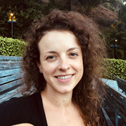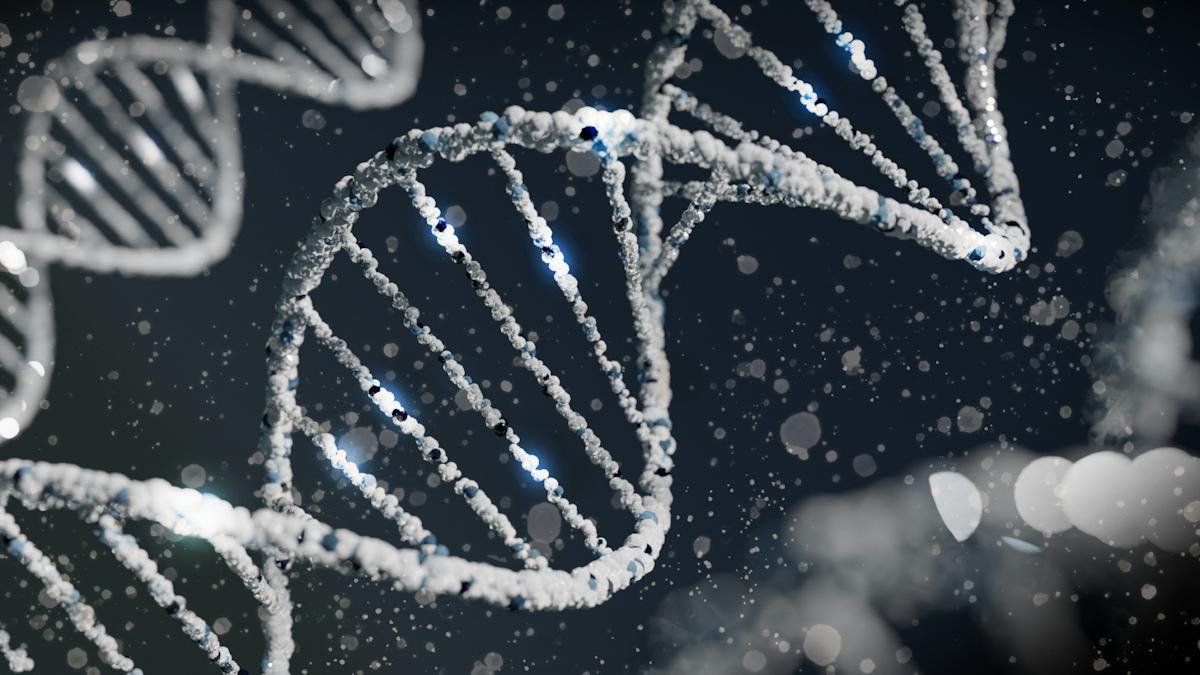Manufacturing gene therapies, oncolytic viruses, and vaccine candidates: In conversation with ABL

The Alliance for Regenerative Medicine’s (ARM) Cell & Gene Meeting on the Med, took place in Barcelona back in April. ABL Biomanufacturing - a pure play Contract Development and Manufacturing Organisation (CDMO) that specialises in the development and manufacturing of gene therapies, oncolytic viruses, and vaccine candidates - attended, supporting as it does companies working on immunotherapy and gene therapy innovations, from early-stage to phase 3 clinical trials.
A subsidiary of the 1875-established Institut Mérieux, which exists to serve public health worldwide, ABL had recently appointed Stéphanie Colloud as general manager and chief operating officer (COO) for Europe, at a pivotal juncture within the company’s new ‘Gene to Cell’ development strategy. So it was that pharmaphorum spoke with not Colloud herself, but Arnaud Martin, global head of business development & sales, to discuss how ABL is adapting to changing market conditions.
Developing viral vectors since the 1990s
“In France, we have two sites,” Martin explained. “We have one site in Strasbourg and one site in Lyon. The site established in Strasbourg was already GMP certified in 1995. It means that we [have been] producing, developing, and manufacturing viral vectors since the beginning of the '90s. Most probably, we have been one of the first companies to produce viral vectors for clinical trials, one of the top three [at least].”
The Strasbourg site is located in the Illkirsh-Graffenstaden Innovation Park. Covering an area of 4,900 sq. m., it was the first viral vectors facility in Europe and in its early years ABL started with Pox Virus, MVA, Vaccinia, and oncolytic viruses to support its clients’ clinical trials, the ultimate goal being to fight smallpox and several types of cancer.
“Strasbourg was established in 1994, and Lyon was acquired in 2018 by ABL,” Martin said. “The site was built several years before, but has been completely transformed by ABL to be able to manufacture viral vectors from preclinical phase to Phase II. Whereas Strasbourg is able to support project from preclinical phase to commercial phase.”
“In Strasbourg, we are manufacturing viral vectors through two different platforms, one adherent platform and one suspension,” Martin stated. “In Strasbourg, we have three suites equipped to handle process in suspension. Something which is a very strong asset of the company is the QC testing laboratory [and] we have a central QC testing laboratory based in Strasbourg.”
“[Furthermore,] ABL is the only third-party business affiliate of the [Mérieux] group,” he continued. “It means that we are a sustainable company […] ABL has a chance to be back to a family-owned company, and Institut Mérieux has a long-term vision: when they decide to develop something, it is with a long-term vision. [And] it means that ABL will remain in the market.”
Meeting with innovators in the field
ABL’s attendance this year at ARM’s Cell & Gene Meeting on the Med was in order to have business development presence on the ground.
“For us, it's a great opportunity to meet innovators in that field,” Martin said. “It might mean prospective customers, equipment, and technology suppliers. It's also the right place to meet companies offering synergy with what ABL is doing.”
“I can say it's also a good place to anticipate trends in this area to determine, to anticipate what technical and regulatory challenges we will have to face within the coming years,” he continued. “It's a good way, also, to exchange with our peers. Because you have customers, but you have also competitors. It's a nice place to exchange about the trends [and] challenges we have to face all together with these new type of modalities.”
In conjunction with the partner companies it is seeking to be with synergistically, ABL is planning to strengthen the research and development work in its GMP production platforms for adeno-associated viruses and lentiviruses, also.
“For us, being able to offer the upstream to be able to become a one-stop shop from the DNA, from the gene to the cell, is part of the long-term strategy which is established by our top management,” Martin noted in reference to Colloud’s appointment. “It means, instead of managing two CDMOs which don't talk to each other, we are working in close cooperation with RD-Biotech.”
AAV manufacturing: The importance of QC testing strategy and characterisation
ABL offers an AAV platform to manufacture different serotypes, supported by a strong Quality Control (QC) testing strategy. AAV – or, adeno-associated virus – is a small virus used in gene therapy applications. With the shift beyond ultra rare indications and the use of new engineered synthetic AAV capsids, there is now a need for new, productive, scalable, and easy-to-implement AAV platform processes compatible with different AAV serotypes.
“Process is something which is very important because we have a lot of challenges with this AAV related to the manufacturing process, but we have also challenges with the characterisation,” Martin explained. “Characterisation is something important to offer [in terms of] better safety to the patient at the end. We are developing the QC testing in parallel with the manufacturing. We intend also to incorporate new technologies, and it might be via partnerships in the field of QC testing [or] it might be also technologies related to purification.”
The main challenge in AAV manufacturing is to purify a high volume of AAV that is high purity, high titer, and high potency. Driving down the cost is also important.
“[In] the end, it is the objective to bring more added value to our customers, to be able to accelerate their programmes, to increase the quality of the compound, to have a better characterisation of these new biological modalities, and also to reduce the cost of the goods,” Martin continued. “Because these new technologies [must be made] more affordable for the patients, wherever the patients are located.”
Larger manufacturing capacity, incorporating new technologies
ABL is equipping bioreactors up to 2,000 litres at the Strasbourg site for the new commercial production planned.
“You could have customers requiring large capacities of manufacturing, but you have also some niche markets, including cell and gene therapies, where you could manufacture the compound at a lower scale,” Martin explained. “The idea is to cover the broad spectrum of volumes which could be needed by our customers. We have already adherent and suspension platforms. The idea is really to increase the capacity with suspension as well, but it doesn't mean that we don't have any interest in adherent.”
“QC is a really strong asset of the company,” he went on. “I think it's something, also, which makes ABL different from some competitors because we allocate a significant number of our resources to QC testing. For example, in Strasbourg, we have one-third of our workforce dedicated to QC testing. It means that we will continue to expand the QC to incorporate new technologies because we know that regulatory agency requirement will increase.”
A question of talent
“We are convinced that ABL can bring a lot of value with the CMC journey of our customers, based on the experience of people, of our different experts,” Martin further said of ABL’s presence at ARM’s Cell & Gene Meeting on the Med. “We have people who have participated in the development, the submission, and the launching of viruses. We can bring a lot of added value to the CMC dossier, to the CMC package of our customer.”
“We are not maybe the most well-known CDMO,” Martin concluded. “But, in my opinion, we are the CDMO which has produced the most important diversity of viruses in total for immunotherapy, oncolytic viruses, and vaccines as well. [Now,] we have started with cell and gene therapies, viral vector-based. In total, we have produced more than 250, 300 GMP batches of viral vectors; we have a unique experience in that field. Even if we're not the most well-known for gene therapy, for some other compounds, some other families of viruses, we are well-known and recognised.”













